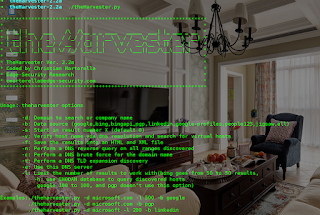Google is my favorite search engine and it never amazing me as how powerfully and clever it is despite being younger than me!!!! hahaha!!!!.
I remember I commented on Facebook post of our one of my friends who was doing survey using email address ms word and I introduce to him to start using Google survey/form which is more powerfully and secure, you can access it here.
Since then Google never fail to amazing me as it is more than just a search engine, I used to know about google docs since when i was in college, but i never know how powerfully it is until a while ago, and i think i will be worth if i share my experience on google docs.
It normal for most Internet users to search for different template for their daily reports, people search for project proposal,resumes, sample letters, news letter, budget , easy report templates etc without knowing all that and more are available via Google docs, all you need is to have is Google account (Gmail) which is freely available, if you don't have google email address yet you can register using this link.
When done registering, login on your Gmail account and open a new tap then write docs.google.com to access Google docs as seen below,

Google docs are divided into 3 main parts.
To navigate on these 3 docs section, click on Docs word on left part of your browser as below

I remember I commented on Facebook post of our one of my friends who was doing survey using email address ms word and I introduce to him to start using Google survey/form which is more powerfully and secure, you can access it here.
Since then Google never fail to amazing me as it is more than just a search engine, I used to know about google docs since when i was in college, but i never know how powerfully it is until a while ago, and i think i will be worth if i share my experience on google docs.
It normal for most Internet users to search for different template for their daily reports, people search for project proposal,resumes, sample letters, news letter, budget , easy report templates etc without knowing all that and more are available via Google docs, all you need is to have is Google account (Gmail) which is freely available, if you don't have google email address yet you can register using this link.
When done registering, login on your Gmail account and open a new tap then write docs.google.com to access Google docs as seen below,

Google docs are divided into 3 main parts.
- Documents (docs)
- Speedsheets (sheets)
- Slides
To navigate on these 3 docs section, click on Docs word on left part of your browser as below
Docs
On document section, there are lot of templates you can use which are divided into Resumes, letters, Education and Work, see below,

Sheets
Also there different speed sheets docs you can use where they are divided into Personal, Work and Education.
Slides
The slides also are grouped in terms of Education, work and personal.
Until you start using some of the templates you will never know how powerfully it is, the good this about it after editing your docs you can save it online and access it every where but one limitation is you will need Internet to access your docs.
I wrote this to share with those who don't know how Google docs can help them to do their daily works, from students, professionals to business persons all can enjoy advantages and rich features Google docs.
Hope it help someone, if you like the post please drop a comment.





























